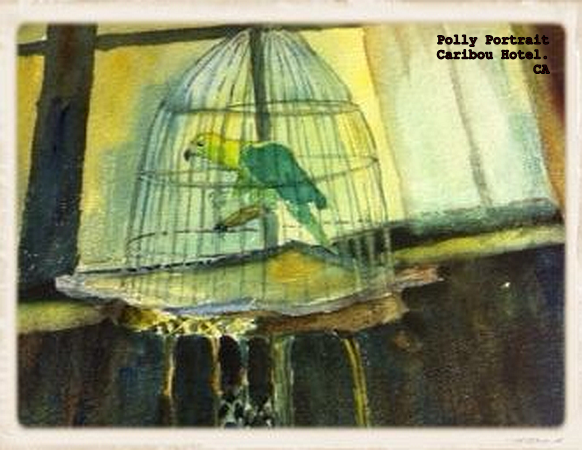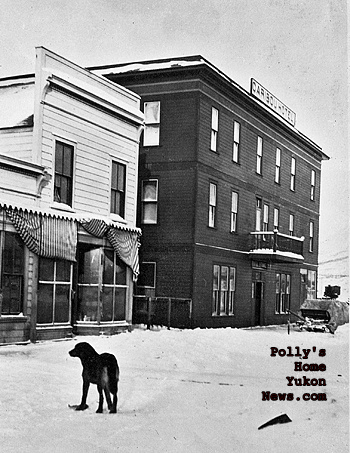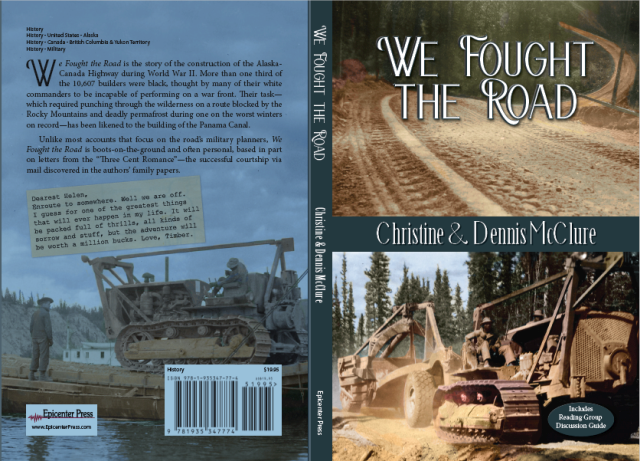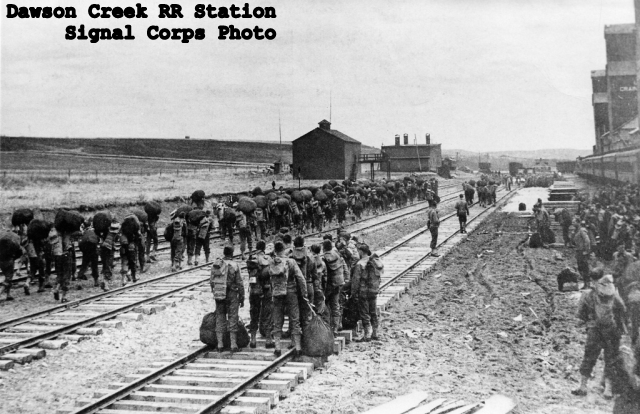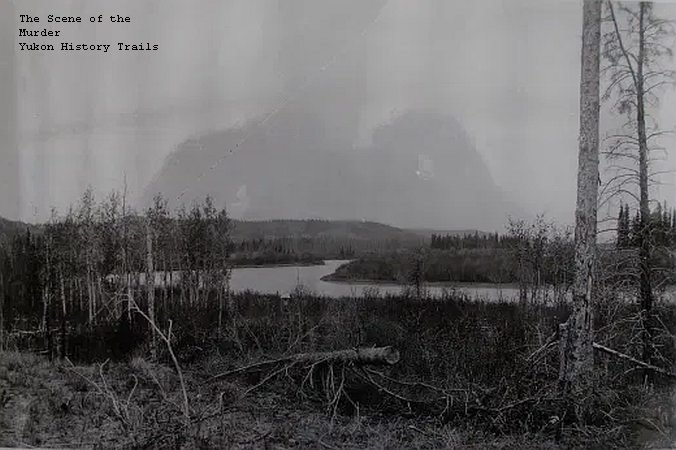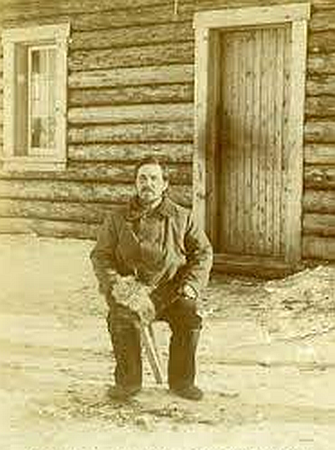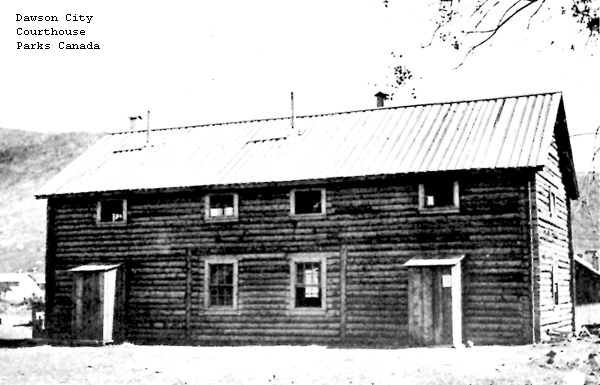
Three hundred sixty-five miles of Richardson Highway, barren of towns or settlements lay between Valdez and Fairbanks when Richardson built it just after the turn of the century. For travelers, the rough road took a toll in exhaustion, and winter added snow and bitter cold. In summer people travelled it in wagons pulled by mules or horses. In winter they travelled by dogsled, most of them carrying mail to the interior.
Link to Another Post “Richardson and His Highway”
The three hundred sixty-five miles couldn’t remain barren, and roadhouses came to address the problem. They offered little in the way of luxury, but they offered warmth in winter, food, and a place to sleep.
Right out of Valdez the road presented the toughest challenges and roadhouses clustered there. The roadhouse named Camp Comfort appeared just ten miles out near the foot of Keystone Canyon. Camp Comfort let travelers stop and rest before taking on the frightening and dangerous road that threaded its way up and up along the wall of the Canyon.

A few miles on, at the top of Keystone the road started an especially steep climb to Thompson Pass. Bill Wortman built a roadhouse there, just a few miles from Camp Comfort, offering an opportunity to recover from Keystone and prepare for the climb to the pass.
Summit Roadhouse near the summit of Thompson Pass proposed to give travelers another rest stop after that climb. Summit’s location, though, led to special problems and it didn’t last long. Because a winter snowstorm could dump as much as 62 inches of snow in 24 hours, Summit included a unique emergency entrance. When snow blocked the door, a traveler climbed steps to a door in the roof.
Beyond the pass travelers could typically do about 20 miles a day, and roadhouses appeared at 20 mile intervals.

Then came the 1920’s and everything changed. Motorized vehicles came to the Richardson and airplanes came to Valdez. The airplane replaced the dog teams that had traversed the snowy pass carrying mail to the interior. Pilots didn’t need roadhouses.
Travelers in motorized vehicles didn’t need to stop and rest before attacking Keystone Canyon and Thompson Pass. And they could cover more than 20 miles a day. Many of the roadhouses, especially the ones close to Valdez shut down.
Roadhouses remained along the Richardson, but they lay much farther apart and they offered comparative luxury.







